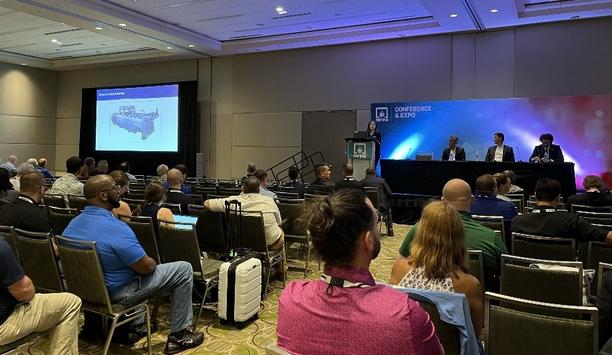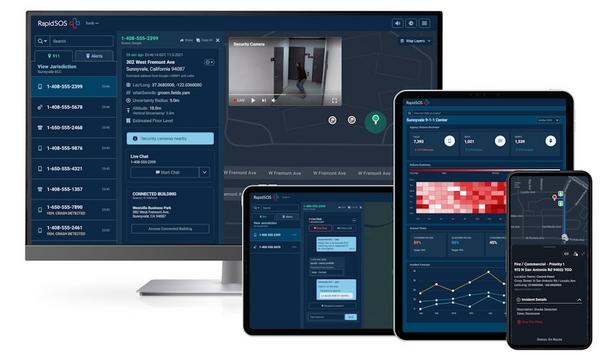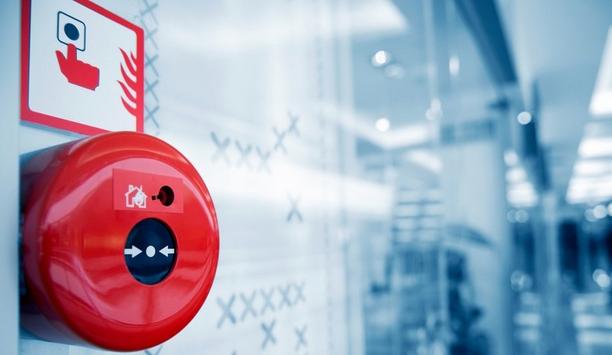The COVID-19 pandemic has presented new health challenges for firefighters, but it is far from the first major health concern in the fire service. For example, the risk of various cancers is up to twice as high among firefighters, and cancer causes 61 percent of line-of-duty deaths for firefighters.
There are other health and safety concerns, too, from nutrition and fitness to vehicle safety and seat belt usage, from wellness to stress and trauma (and consequent issues of addiction).
Supporting fire services
Cultural issues are a driving force in managing the gamut of health and safety concerns for firefighters. Changing the mindset of firefighters about safety issues is critical to meaningful progress. It starts with awareness. COVID-19 may be the newest and most recent health concern, and addressing it has been a high priority. However, even long-term and well-known health threats in the fire service are not being adequately addressed.
Dräger found that some 84% of respondents admitted they were concerned about the risk of cancer
Medical and safety technology provider Dräger, based in Lübeck, Germany, has launched a ‘Health for the Firefighter’ campaign to raise awareness and to support fire services in driving the necessary cultural changes to protect firefighter health. In a survey of United Kingdom firefighters, Dräger found that some 84% of respondents admitted they were concerned about the risk of cancer, which can be caused by embedded carcinogens in any equipment that can be absorbed by men and women using it.
Robust hygiene processes
“The COVID-19 pandemic, and ongoing fears over cancer, have highlighted the critical importance of hygiene, and a significant cultural change is required,” says Brian Hesler, a consultant and specialist advisor at Dräger Safety UK and a former chief fire officer. “We need to move away from firefighters wearing dirty kit like a badge of honor that proves their hard work and value, to understand that clean and well-maintained kit supported by detailed and robust hygiene processes are essential to mitigate every contact with contaminants.”
Dräger’s Health for the Firefighter campaign will support the fire services in communicating and providing training on the importance of detailed hygiene processes, from handling and storage of masks and breathing apparatus (BA) equipment through to the subsequent cleaning of the kit after an incident has occurred.
Enabling fire services
Manual cleaning of equipment is still generally the norm within UK fire services. In the Dräger survey, 80% agreed that a result of the COVID-19 pandemic is more emphasis on cleaning equipment and hygiene control, although only 23% said the pandemic significantly changes their approach to cleaning equipment.
Dräger has launched solutions for cleaning breathing apparatus, respiratory masks and PPE equipment
Consistency is often a problem with manual cleaning, and Dräger has launched solutions for cleaning breathing apparatus, respiratory masks and PPE equipment that reduce the risk of carcinogen contamination within emergency teams. The equipment is provided in partnership with Harstra Instruments, a Dutch manufacturer of cleaning and drying equipment. The Dräger package of solutions comprises cleaning products, logistical support and consultancy services to enable fire services to mitigate firefighters’ exposure to carcinogens.
Equipment handling operations
Washing machines clean using high-pressure water, drying cabinets are available in various shapes and sizes, and testing facilities ensure products are decontaminated. “Employers owe their employees a duty of care and are therefore looking to provide additional protection during training, post-incident and in day-to-day equipment handling operations,” says Andy Taylor, UK Marketing Manager for Engineered Solutions at Dräger.
Cleaning equipment is just one of many ways fire departments can address the health challenges for firefighters. Departments depend on regulations and policies designed to ensure the highest degrees of personal health and safety. For departments, prevention and reduction of accidents, injuries and occupational illnesses should be a way of life. The ‘Health for the Firefighter’ campaign can serve as a reminder of the importance of creating a culture of good health for firefighters.









































